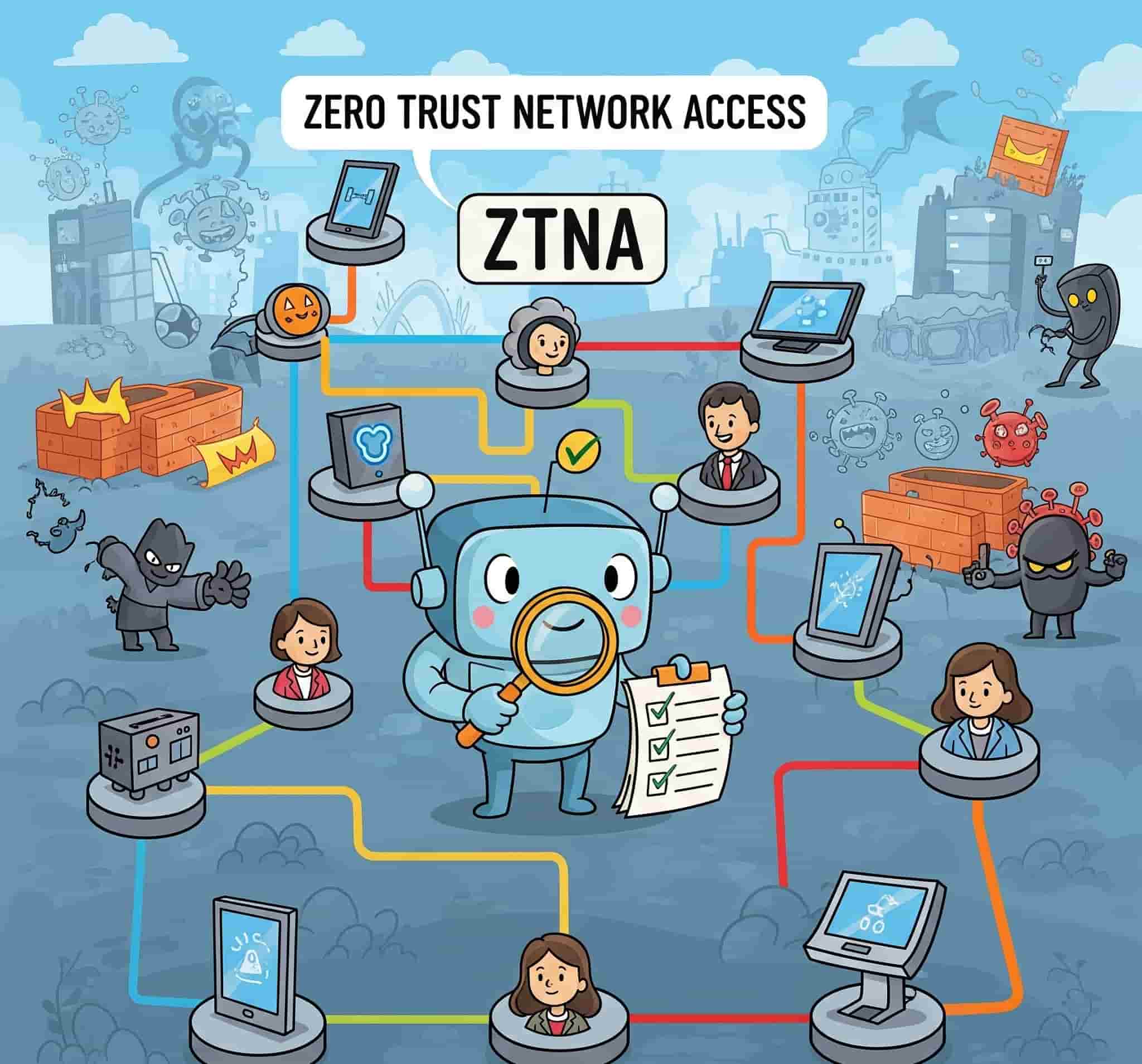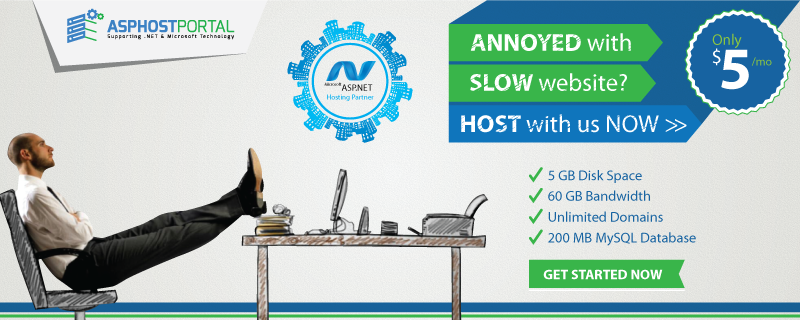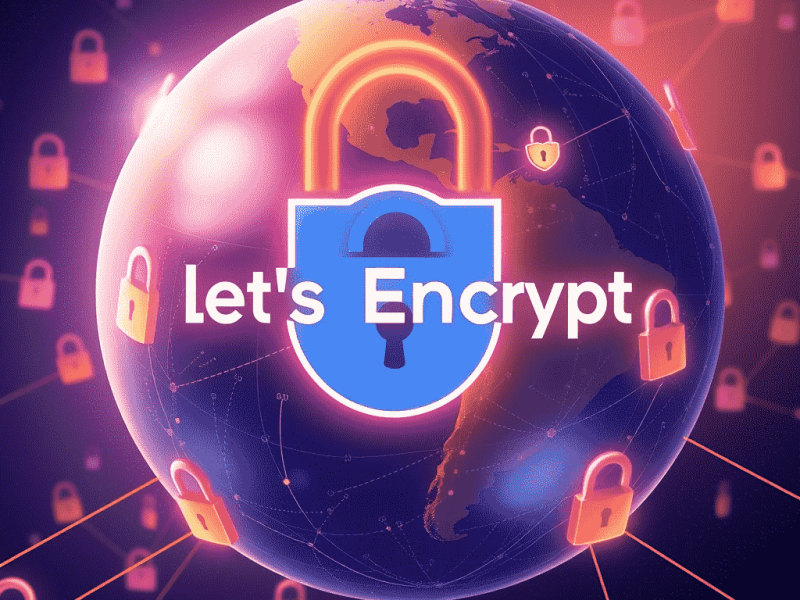In today’s ever-evolving cyber threat landscape, businesses—regardless of size—are increasingly being targeted by malicious actors. While Fortune 500 companies often make headlines after a data breach, it’s small businesses that are most vulnerable. According to a recent report by Verizon, 43% of cyberattacks target small businesses. This brings us to the question: Is implementing Zero Trust Network Access (ZTNA) overkill for small businesses, or is it absolutely essential in 2025?
The short answer: It’s essential. And in this article, we’ll explain why Zero Trust is not just for enterprises, but a critical framework for safeguarding small businesses.
What Is Zero Trust Network Access (ZTNA)?
Zero Trust is a security model based on the principle of “never trust, always verify.” It assumes that threats could exist both outside and inside the network and therefore enforces strict identity verification and access controls for every user, device, and application.

Key principles of Zero Trust include:
- Least privilege access
- Microsegmentation of networks
- Multi-factor authentication (MFA)
- Continuous monitoring and validation
- Assuming breach
ZTNA, a core component of Zero Trust architecture, replaces traditional VPNs by providing secure, conditional access to applications without exposing the internal network.
Why Small Businesses Are Attractive Targets
Hackers know that small businesses:
- Often lack dedicated cybersecurity teams
- Use outdated systems or default configurations
- Rely heavily on remote work without proper endpoint protection
- Tend to underestimate their risk level
This makes small businesses low-hanging fruit for cybercriminals, especially for ransomware attacks, phishing schemes, and credential stuffing.
Why Zero Trust Is NOT Overkill for Small Businesses
1. Affordable Cloud-Based Solutions Are Readily Available
Gone are the days when implementing Zero Trust required building an expensive on-premise infrastructure. Today, many solutions are cloud-native and pay-as-you-go, such as:
- Google BeyondCorp
- Microsoft Entra (formerly Azure AD + Conditional Access)
- Cloudflare Zero Trust
- Zscaler
These services scale down beautifully to small business needs, offering per-user pricing, centralized policy management, and easy onboarding.

2. Zero Trust Prevents Common Attack Vectors
Small businesses are often hit by the most basic attacks. Here’s how Zero Trust helps:
- Phishing: MFA and device authentication reduce the risk of compromised credentials.
- Ransomware: Network segmentation stops lateral movement, isolating infected machines.
- Unauthorized access: Role-based access controls limit data exposure even from internal employees.
3. Remote Work Isn’t Going Away
Small businesses increasingly rely on remote teams, freelancers, and BYOD (Bring Your Own Device) policies. A Zero Trust framework ensures that:
- Only authorized users and devices can access business apps
- Access is granted based on identity, device health, and context
- No VPN tunnels are exposed to the internet
4. Compliance and Trust Are Competitive Advantages
Even small businesses are now expected to comply with:
- GDPR (for businesses with EU customers)
- PCI-DSS (for handling cardholder data)
- HIPAA (for healthcare services)
Implementing Zero Trust practices supports compliance, helps avoid fines, and builds trust with customers who are more privacy-conscious than ever.
5. It’s Easier to Implement Than You Think
You don’t have to go “all in” on day one. Small businesses can start small:
- Implement MFA across email and SaaS apps
- Segment access to sensitive files using Google Workspace or Microsoft 365
- Use secure DNS filtering (e.g., Cisco Umbrella, Cloudflare Gateway)
- Gradually adopt identity-based access to internal apps
Even these first steps drastically reduce risk exposure.
Zero Trust Myths That Hurt Small Businesses
Myth 1: “We’re too small to be targeted.”
Reality: Attackers use automation to scan the internet for vulnerable systems. Size doesn’t matter—vulnerability does.

Myth 2: “Zero Trust is too expensive and complex.”
Reality: Modern cloud solutions are designed for simplicity and cost-efficiency. Many tools offer free tiers or affordable starter plans.
Myth 3: “Our VPN is good enough.”
Reality: VPNs grant broad access and can be compromised. ZTNA enforces access only to specific apps and under specific conditions.
Final Thoughts: Is Zero Trust Essential for Small Businesses?
Yes, absolutely.
The old model of “trust everything inside the network” no longer holds up in a world of remote work, cloud apps, and rising cyber threats. Zero Trust Network Access provides a future-ready, cost-effective way for small businesses to reduce risk, improve security posture, and build digital trust with their users.
By starting small and focusing on identity, least-privilege access, and segmented systems, your small business can achieve enterprise-grade security without enterprise-level complexity or cost.
Ready to Get Started?
If you’re a small business owner or IT manager, begin your Zero Trust journey today. The risks of doing nothing are far greater than the cost of implementing just the first layer of protection.
Don’t wait until you’re breached—build trust by denying it first.

Yury Sobolev is Full Stack Software Developer by passion and profession working on Microsoft ASP.NET Core. Also he has hands-on experience on working with Angular, Backbone, React, ASP.NET Core Web API, Restful Web Services, WCF, SQL Server.



